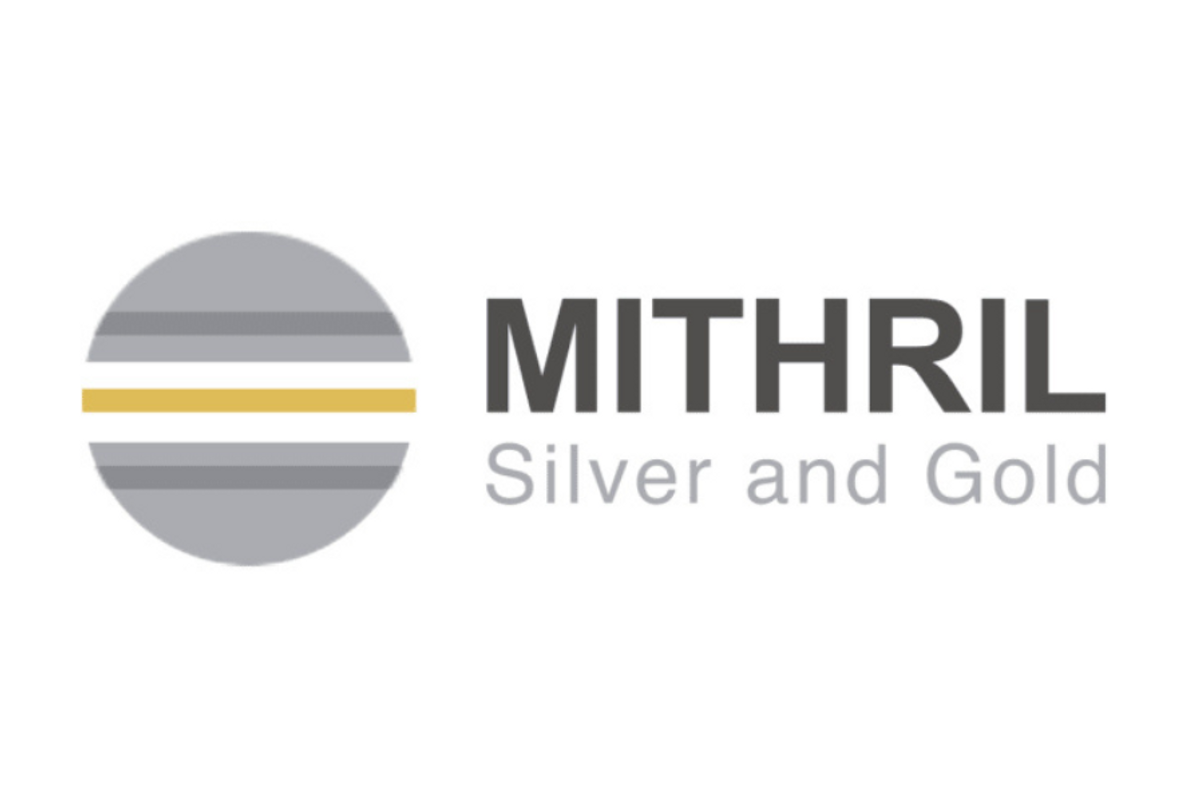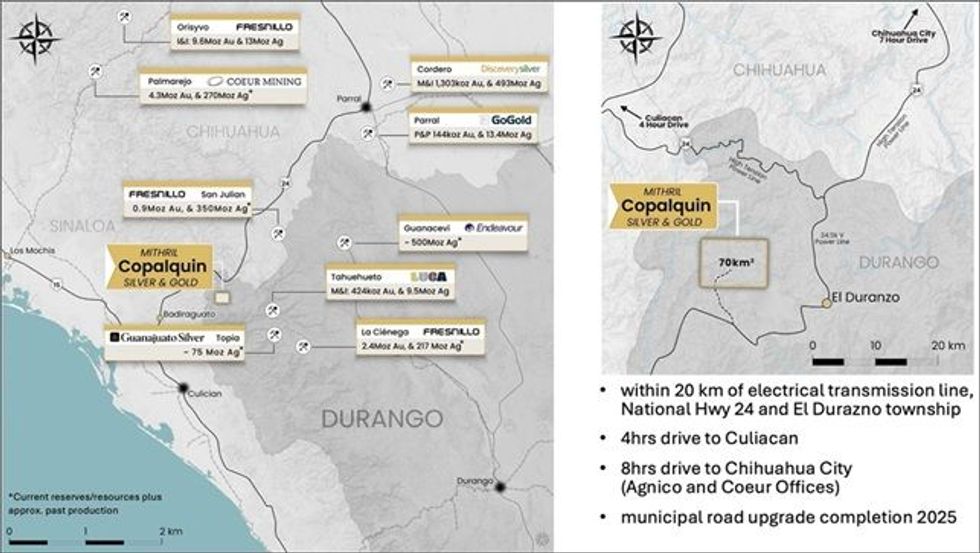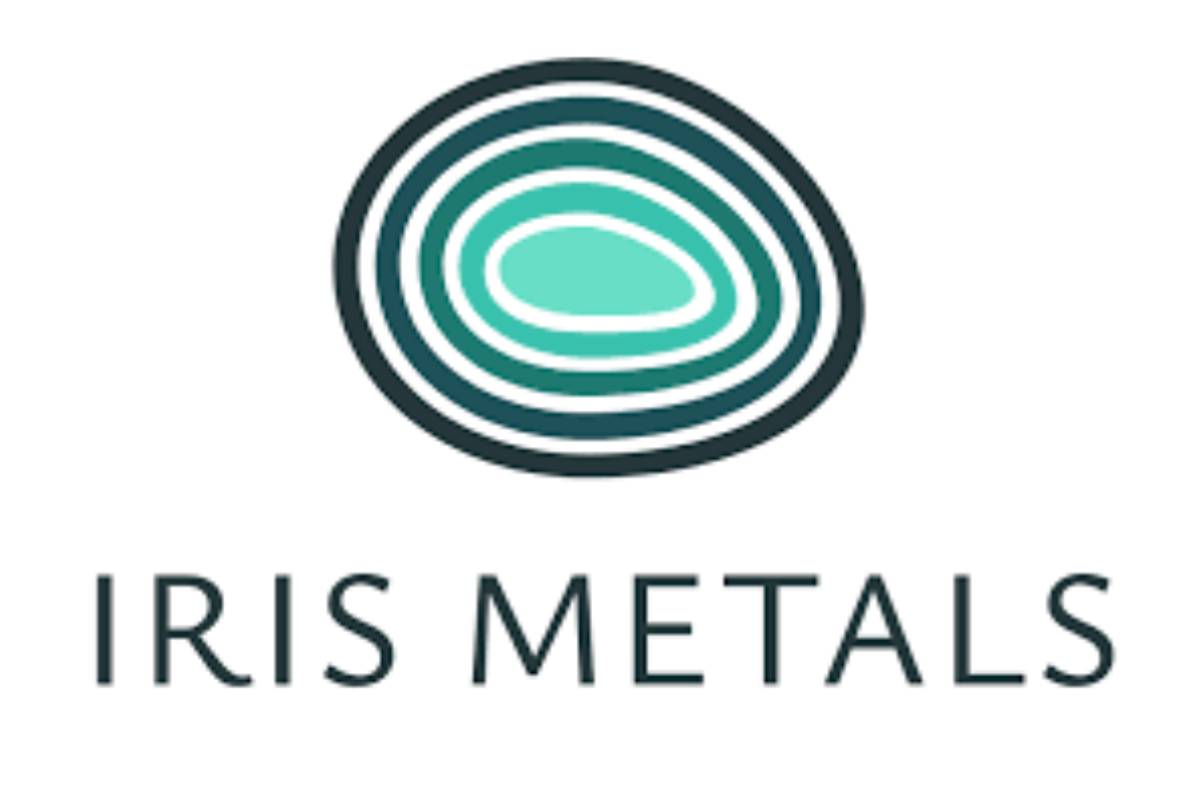
May 19, 2025
- New High-Grade Drilling Discovery in First Round of Shallow Drilling -
Mithril Silver and Gold Limited ("Mithril” or the "Company") (TSXV: MSG) (ASX: MTH) is pleased to provide high-grade maiden drill results for a new drill discovery at the Target 2 area in Mithril’s Copalquin silver and gold district property, Durango State, Mexico (Figure 1).
Exploration Progress Update
Drilling at Target 2 (Las Brujas) has returned excellent results, with shallow holes over a 200-metre strike length intersecting very high-grade gold and silver within a broad, near-surface structure. Hole T2DH25-006 returned 11.5m @ 8.61 g/t gold, 57.6 g/t silver from 44.5m, including 3.85m @ 25.33 g/t gold, 128 g/t silver from 46.65m including 0.85m @ 109.5 g/t gold, 325 g/t silver from 46.65m. Follow-up drilling ~80 metres down dip is planned for the next phase.
Momentum Building Across the Copalquin District – Multiple Targets Advancing (Figure 2)
- Exciting Progress at El Peru (Target 2 Extension): The first phase of drilling at El Peru, 400 m east of Las Brujas, has been completed. Multiple shallow drillholes have shown further extension of the mineralized footprint of this emerging high-grade zone (samples dispatched).
- Eastern District Activity Ramps Up: A second exploration camp has been established to support aggressive mapping and target generation at Targets 2 and 3, highlighting our commitment to unlocking the eastern potential of the district.
- High-Potential for additional Discovery at Target 5 – El Apomal: A new target has been defined at the historic El Apomal workings. A 130-metre underground adit has been dewatered, mapped, and sampled (assays pending), and a surface vein has been traced over 300 metres — a compelling new drill target developing.
- District-Scale Potential Confirmed: Over 1,000 metres of vertical relief between Target 2 and Target 5 across 5 km demonstrates the immense scale and structural complexity of the Copalquin district, underscoring its potential to host a large, multi-target mineralized system.
- Resource Expansion Underway at Target 1: Deep drilling at the El Refugio structure continues to intercept the targeted zone, with samples dispatched for assay. Drilling success here will directly contribute to an upcoming Target 1 resource update.
“We’re advancing on multiple fronts across the Copalquin district, with strong drill results at Las Brujas, exciting new potential at El Apomal, and ongoing success at our flagship Target 1 resource area,” said John Skeet, CEO and Managing Director. “The scale of this system is becoming increasingly evident, with multiple mineralized zones across the district. With drilling, mapping, and sampling all in full swing, we’re well positioned to continue building momentum and unlock significant value through discovery and resource growth.”
COPALQUIN GOLD-SILVER DISTRICT, DURANGO STATE, MEXICO

With 100 historic underground gold-silver mines and workings plus 198 surface workings/pits throughout 70km2 of mining concession area, Copalquin is an entire mining district with high-grade exploration results and a maiden JORC resource. To date there are several target areas in the district with one already hosting a high-grade gold-silver JORC mineral resource estimate (MRE) at the Target 1 area (El Refugio-La Soledad)1 and a NI 43-101 Technical Report filed on SEDAR+, supported by a conceptional underground mining study completed on the maiden resource in early 2022 (see ASX announcement 01 March 2022 and metallurgical test work (see ASX Announcement 25 February 2022). There is considerable strike and depth potential to increase the resource at El Refugio and at other target areas across the district, plus the underlying geologic system that is responsible for the widespread gold-silver mineralisation.
With the district-wide gold and silver occurrences and rapid exploration success, it is clear the Copalquin District is developing into another significant gold-silver district like the many other districts in this prolific Sierra Madre Gold-Silver Trend of Mexico.
Click here for the full ASX Release
This article includes content from Mithril Silver and Gold, licensed for the purpose of publishing on Investing News Australia. This article does not constitute financial product advice. It is your responsibility to perform proper due diligence before acting upon any information provided here. Please refer to our full disclaimer here.
The Conversation (0)
31 December 2025
Mining Industry Opposes Proposed Australian Hybrid Corporate Tax System
The Australian government's Productivity Commission is proposing a hybrid corporate tax system in accordance with the Productivity Commission Act 1998.In a report called “Creating a More Dynamic and Resilient Economy Inquiry,” the commission says that the key levers the government has to improve... Keep Reading...
24 December 2025
What is the Santa Claus Rally and Has it Arrived?
As investors bask in festive cheer, the holiday season may signal the start of the so-called Santa Claus rally.The Santa Claus rally is a period between the final trading days of December and the first days of January when stocks tend to climb. While this seasonal uptick isn’t guaranteed,... Keep Reading...
22 December 2025
Top 5 Australian Mining News Stories of 2025
From boardroom decisions to billion-dollar buildouts, 2025 was a defining year for Australian mining companies as they navigated changes in the global landscape.Escalating trade tensions, shifting US tariff policies and heightened geopolitical risk reshaped export strategies and investor... Keep Reading...
18 December 2025
CSE Bulletin: INDEX - CSE 25 Index Quarterly Rebalancing
The quarterly rebalancing of the CSE 25 Index will result in the following changes, effective after the close on Friday, December 19, 2025. Le rééquilibrage trimestriel de l'indice composé du CSE 25 entraînera les modifications suivantes, en vigueur à la fermeture le vendredi 19 décembre 2025.... Keep Reading...
18 December 2025
Iris Secures Right to High-grade Tungsten Project, Montana USA and Update on Capital Raising
IRIS Metals Limited (ASX: IR1, “IRIS” or “the Company”) is pleased to announce it has executed a binding Heads of Agreement (HOA) with Finley Mining Inc for the exclusive right to farm-in to the Finley Basin Tungsten Project (Tungsten Project) located in Granite County, Montana, USA. This... Keep Reading...
16 December 2025
Mark These Tax-loss Selling Dates on Your Calendar
As the end of 2025 nears, investors may want to consider how they can use tax-loss selling to their benefit.Buying stocks low and selling them high is ideal, but sometimes investments go sour. In such cases, all hope is not lost — at the end of the year, investors can sell investments that... Keep Reading...
Latest News
Interactive Chart
Latest Press Releases
Related News
TOP STOCKS
American Battery4.030.24
Aion Therapeutic0.10-0.01
Cybin Corp2.140.00





